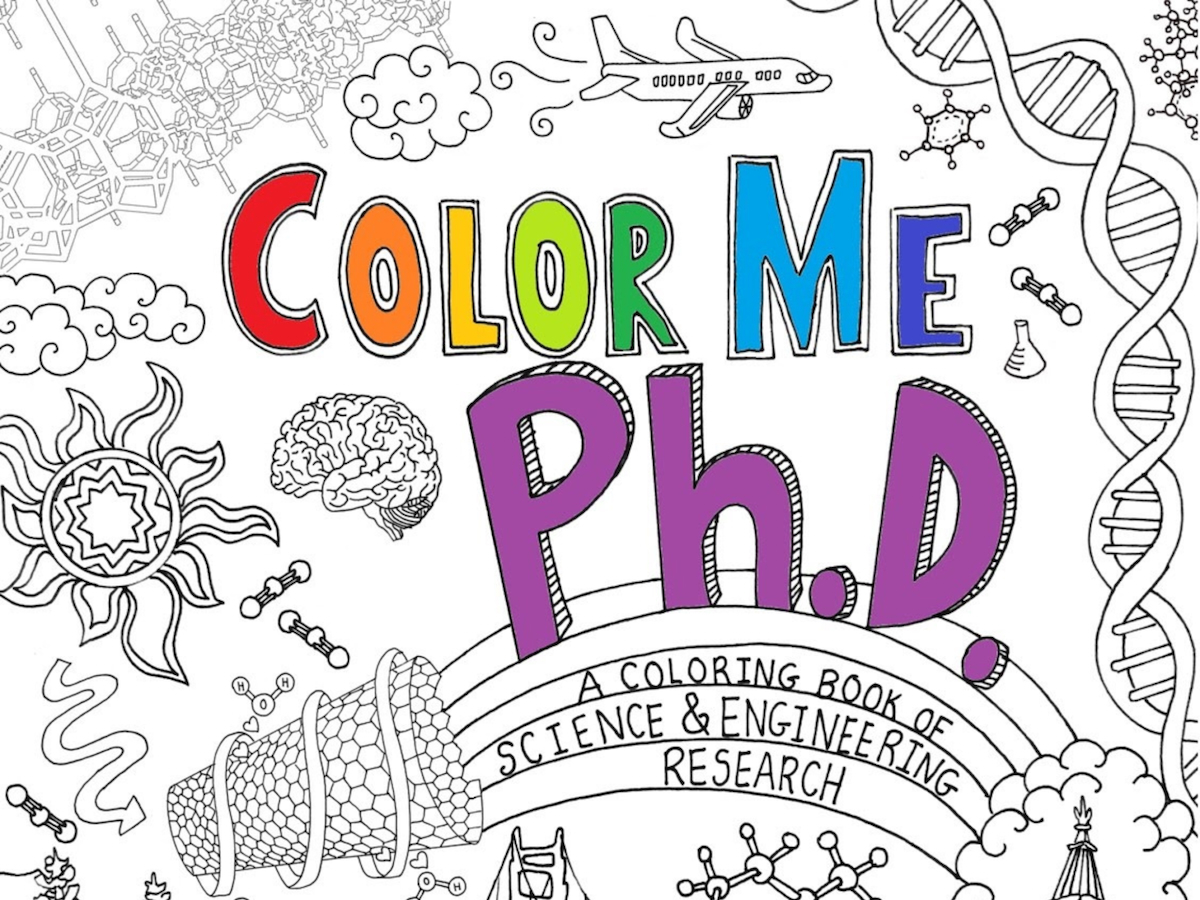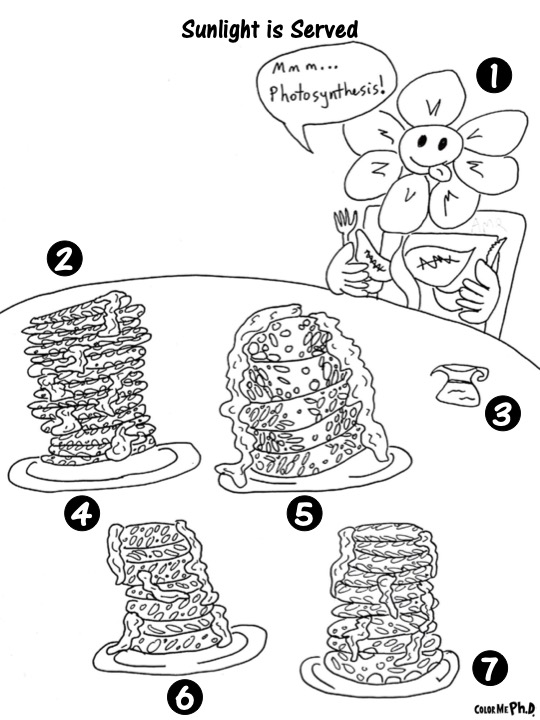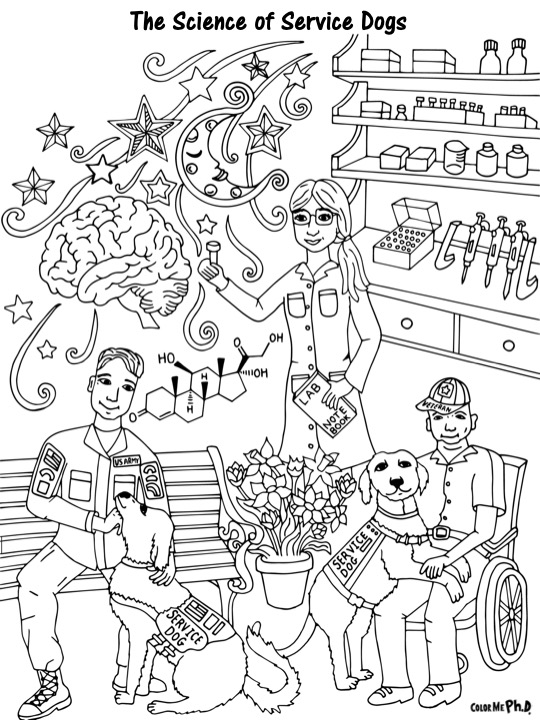
By Sindu Karunakaran | UW News
December 27, 2023
When Julie Rorrer was a graduate student, she visited elementary schools with other members of her program to talk about science and give demonstrations. But explaining their work and research to the students was a challenge, which gave Rorrer the idea to use coloring pages.
“The coloring idea came from the fact that I like to doodle,” said Rorrer, an assistant professor of chemical engineering at the University of Washington. “I like to draw, and coloring is kind of a ubiquitous medium. I think kids love it. Adults love it. And so, I thought, why don’t we bring the two together and use the coloring pages to explain the research?”
Learn how Julie Rorrer’s lab tries out different ways to transform plastics into useful chemicals.
ColorMePhD is a free, all-ages coloring book series that brings current doctorate-level research in science and engineering to a general audience. Each coloring page includes illustrations and descriptions of research papers and projects — all presented in a way that anyone can understand, on some level.
“Some of the descriptions are written toward more of a high school reading level,” Rorrer said. “An elementary schooler might not necessarily understand everything that’s going on in the descriptions. But my hope would be that they can still learn from it, enjoy coloring it, start to develop an interest in the science and maybe see themselves represented in some of the scientists that are featured.
“But I do think adult coloring is a really big trend. I think it’s for everyone. Everyone has something to learn.”
The first coloring book volume was a collaboration between Rorrer and other graduate students in her program at the University of California, Berkeley. The researchers illustrated some of the pages themselves, while others worked with Rorrer on the drawings and descriptions of their work. One page explains photosynthesis through an illustration of a sunflower sitting at a table holding utensils and preparing to eat stacks of pancakes. Another shows how plant waste is turned into sustainable fuel. Each step has a picture to color, from a power plant to a farm with a windmill to a car at a gas pump.
“For the second volume, I started getting a lot of people who were really interested in collaborating and having me illustrate their work and work with them on the description,” Rorrer said. “I actually ended up putting a little application form on the website where, if someone had a pitch for a coloring page to feature some of their research — whether it be a recent publication or just kind of a general area of research in their group — they could write a little blurb about it and submit.”
With interested researchers from all over the U.S. and a few from outside the country, the second volume featured work from various fields of study, such as RNA, service dogs, the gut bacteria of insects and DNA. It was also the first themed volume: Women in STEM.
The website also offers themed pages featuring people of color and their work in STEM.
“We have a few coloring pages highlighting different history-making scientists,” Rorrer said. “We have a theme series for Black History Month, Hispanic Heritage Month, things like that. I would really love to expand those pages and celebrate more diversity and history makers in the sciences.”
Rorrer is also working on translating existing pages: The website already has a few pages available in Spanish, including those that are part of the Hispanic Heritage Month collection.
Audience feedback has been very positive, Rorrer said. There have been more than 30,000 downloads and the pages are even being used as learning tools in K-12 classrooms.
“We had a couple of other volunteers who have been slowly chipping away at other languages as well,” Rorrer said. “So many scientists are multilingual, and I think it’s such a wonderful thing to have volunteers help with explaining the science in different languages and reach out to a broader audience.”
“The hope is that the general public can kind of learn about research and science and engineering,” Rorrer said, “and aspiring scientists can get excited about potential schooling and career opportunities.”
For more information about ColorMePhD, contact Rorrer at jrorrer@uw.edu.






